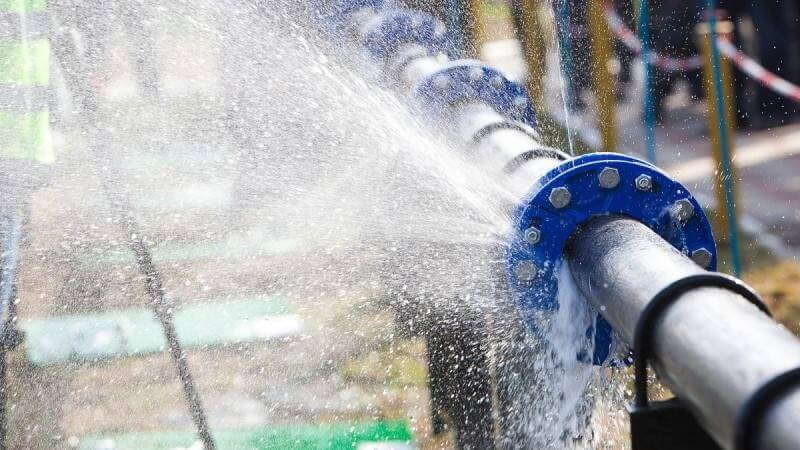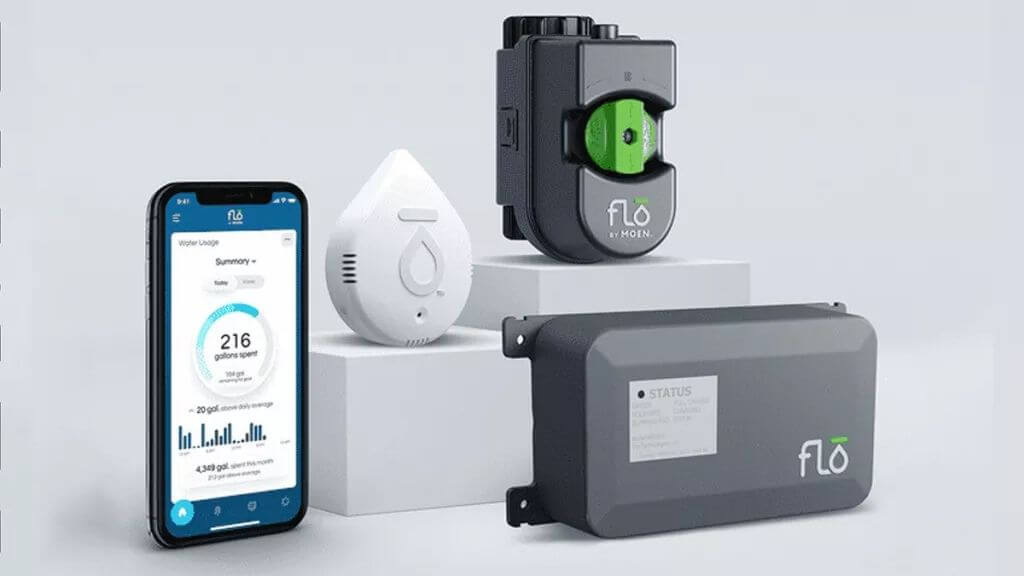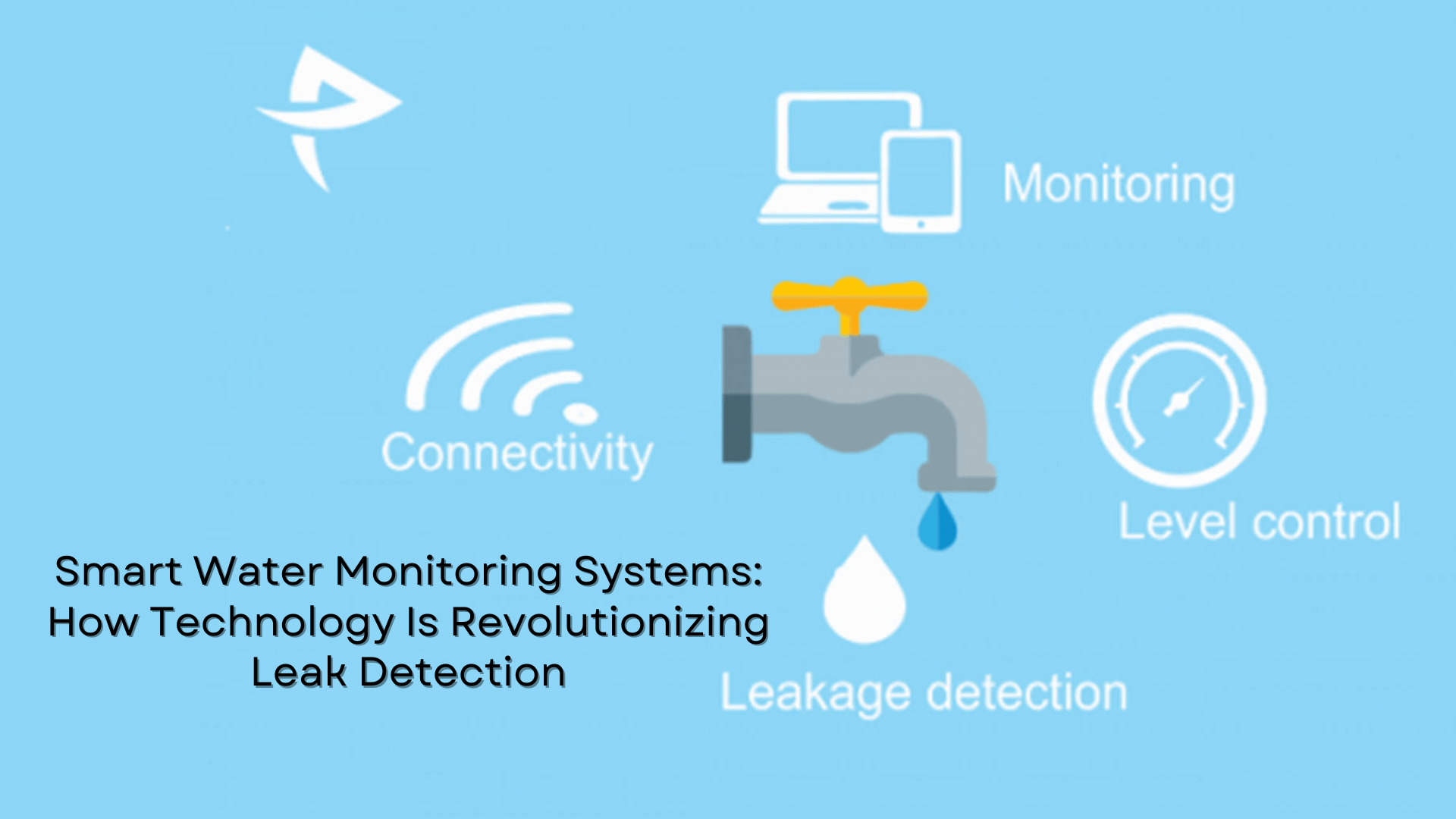Water is a valuable global resource, and its preservation is vital as populations increase and climate change impacts worsen. Leaks in water distribution systems are a major cause of water wastage, with some areas losing as much as a quarter of treated water due to leaks. Fortunately, the introduction of smart water monitoring systems is transforming leak detection, enabling utilities and homeowners to identify and resolve leaks more efficiently than before.
Traditional Leak Detection Methods

For years, finding leaks has been a manual and sometimes inaccurate task. Utilities typically used methods like visually inspecting, listening for sounds, and testing pressure to locate leaks in their networks.
These methods could take a lot of time and money and were not always reliable, especially with older infrastructure and pipes buried underground. Additionally, this reliance on traditional methods has posed challenges for plumbing services in Cape Coral, FL, as they strive to efficiently address leaks and ensure the integrity of water distribution systems.
The Emergence of Smart Water Monitoring Systems
Smart water monitoring systems utilize cutting-edge sensors, communication networks, and data analysis to provide immediate insights into water distribution networks. Continuous observation of water flow, pressure, and other factors by these systems facilitates the early identification of leaks and irregularities.
Advanced sensors are strategically positioned between all water sensors, enabling comprehensive data collection. In fact, sensors measure various parameters such as flow rate, pressure, temperature, and water quality, transmitting the data to a central monitoring station or cloud-based platform.
The gathered data undergoes analysis employing sophisticated algorithms and techniques like machine learning. These algorithms identify patterns and deviations that could signify leaks, enabling utilities to precisely locate the leak, surpassing the accuracy of traditional methods. The benefits of smart water monitoring systems include improved leak detection and water conservation efforts.
1. Early Leak Detection
Early detection of leaks is facilitated by smart monitoring systems, which constantly monitor the water distribution system. This proactive approach enables the identification of leaks at an early stage, preventing them from escalating into significant problems. As a result, water loss is minimized, and the potential for property damage from undetected leaks is reduced.
2. Accurate Leak Localization
Conventional methods for detecting leaks frequently need help in precisely locating the source, particularly within intricate distribution networks or buried pipelines.
In contrast, smart monitoring systems excel in pinpointing leak locations accurately, owing to their sophisticated sensors and data analysis capabilities. This precision allows utilities to allocate repair resources more efficiently, ultimately cutting down on the time and expenses associated with leak repairs.
3. Improved Water Conservation
Smart water monitoring systems aid utilities in promptly identifying and fixing leaks, leading to a reduction in water loss and enhancing overall water conservation endeavors. This not only safeguards precious water resources but also lowers the energy and treatment expenses linked with water production and distribution.
4. Cost Savings
Although the initial investment in smart water monitoring systems could be significant, the eventual cost savings from decreased water loss, enhanced leak repair efficiency, and better asset management can balance out the initial expenses. Furthermore, early leak detection can help avoid expensive property damage and potential legal consequences.
5. Real-Time Monitoring and Alerts
Smart monitoring systems offer real-time information and notifications, allowing utilities and homeowners to promptly address leaks or other problems. This ability to monitor in real-time enables proactive maintenance, reducing the chances of major failures or service interruptions.
Tips on How to Properly Choose a Smart Water Monitoring System
To maximize the advantages of a smart water monitoring system, it’s essential to identify and select the best aspects. It includes the following:
| Aspect | Description | Considerations |
|---|---|---|
| Define Requirements | Clearly define your needs, network size, specific challenges, and data types required. | Assess network size, unique challenges, and required data types. |
| Compatibility | Ensure that it is compatible with your existing infrastructure. It should be composed of data systems, networks, and sensors. | Evaluate compatibility with current infrastructure for seamless integration. |
| Scalability | Choose the system that is in accordance with your needs to accommodate expansions. | Check the scalability to entertain the network changes and expansions. |
| Sensor Technology | Evaluate the sensor’s accuracy, capability, and reliability if it is effective. | Assess the reliability and effectiveness in the measurement of the needed parameters. |
Applications of Smart Water Monitoring Systems
Smart water monitoring systems find use in diverse sectors due to their versatility. They are applicable in areas such as municipal water utilities, industrial and commercial facilities, as well as residential properties. These systems play a crucial role in optimizing water distribution, detecting leaks, and ensuring efficient water usage across different settings.
1. Municipal Water Utilities
Numerous cities and municipalities are embracing smart water monitoring systems to enhance the effectiveness and sustainability of their water distribution networks. These systems assist utilities in identifying and resolving leaks, optimizing water pressure, and efficiently managing water demand.
2. Industrial and Commercial Facilities
Big industrial and commercial sites like manufacturing plants, hospitals, and office buildings can gain advantages from smart water monitoring systems. These systems help monitor water usage, identify leaks, and ensure adherence to water conservation regulations.
3. Residential Properties
Although smart water monitoring systems were previously mainly designed for large-scale use, recent developments have made them available to homeowners too. Smart water meters and leak detection devices can notify homeowners of potential leaks or unusual water consumption, assisting them in conserving water and avoiding expensive water damage.
The Future of Smart Water Monitoring Systems

As technology progresses, smart water monitoring systems are projected to enhance their capabilities. Some expected advancements include:
1. Integration with Internet of Things (IoT) Networks
Smart water monitoring systems are anticipated to become more interconnected with wider IoT networks, facilitating the smooth sharing of data and coordination with various smart city projects and infrastructure systems.
2. Advanced Data Analytics and Machine Learning
Utilizing advanced data analytics and machine learning methods will improve the effectiveness of smart monitoring systems in identifying and anticipating leaks and optimizing water distribution and consumption patterns.
3. Improved Sensor Technology
Progress in sensor technology, including the creation of energy-efficient, long-range sensors and self-sustaining sensors, will allow for more thorough and economically viable monitoring of water distribution networks.
4. Predictive Maintenance
Through integrating real-time monitoring data with predictive analytics, smart water monitoring systems will empower utilities to shift from reactive maintenance to proactive, predictive maintenance approaches. This transition will lead to additional reductions in water loss and extend the lifespan of water infrastructure.
Conclusion
Smart water monitoring systems are leading the technological advancements in leak detection and water conservation endeavors. Through the use of advanced sensors, communication networks, and data analysis, these systems offer utilities and homeowners unparalleled insights into water distribution systems. This enables the early detection and accurate pinpointing of leaks.
As the global concern over water scarcity grows, implementing smart water monitoring systems will be pivotal in conserving this essential resource. By reducing water loss, encouraging effective water utilization, and facilitating proactive maintenance of water infrastructure, these systems mark a substantial advancement in the promotion of sustainable water management practices.
FAQs
- What is the difference between a monitoring system from traditional leak detection methods?
The main difference between the two lies in the manual inspection for the traditional methods while it goes with advanced sensors, real-time monitoring, and data analysis to detect leaks accurately.
- What are the primary benefits of the implementation of these smart monitoring systems?
The main benefits of this implementation are that it allows an accurate localization of leaks, early leak detection, improved water conservation efforts, cost savings, and real-time monitoring and alerts through resource allocation and maintenance.
- What are the potential cost savings related to the invention of these smart monitoring systems even when there is an initial investment required?
Even though there is an initial requirement necessary, these can lead to significant financial savings in the long run as this can minimize water loss, provide better asset management, enhance leak repair efficiency, and avoid expensive property damage.


